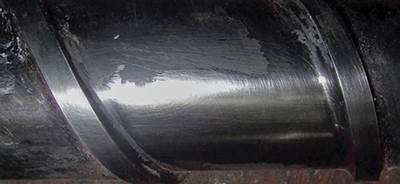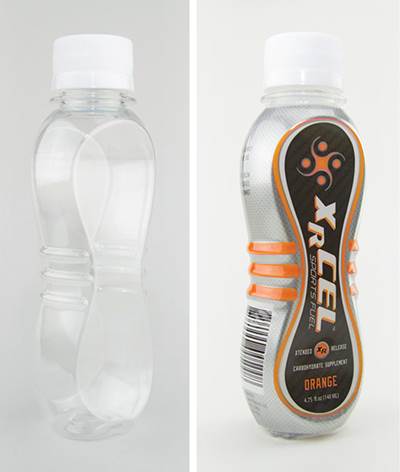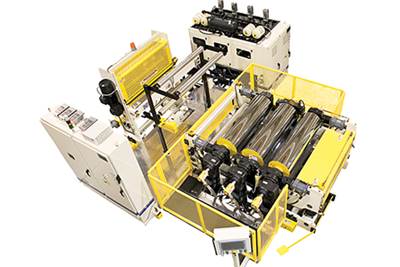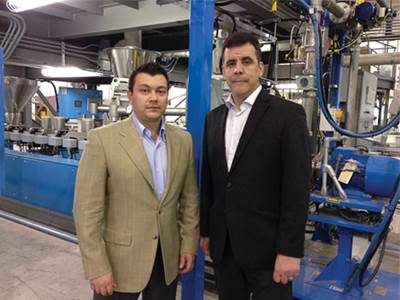best practices
High-Pressure Water: A New Concept for Screw Cleaning
Everyone in a molding plant is on the same page for screw cleaning: Avoid pulling it until there is no alternative. Here are ways for dealing with the inevitable, including an altogether new technique.
Read MoreThe Mystery of Physical Aging, Part 2: Slow Down Aging
Dimensional and property changes depend on the size of the part, molecular weight of the resin, and processing conditions.
Read MoreYour Options for Mold Venting
When should you use machined vents or porous, sintered metals? Here are some guidelines.
Read MoreHow Currier Puts the ‘Custom’ In Custom Blow Molding
The three key ingredients are responsiveness, full-service product development, and control over both the bottle and the cap.
Read MoreOptimizing Thin-Gauge Sheet for In-Line Thermoforming
Processing thin-gauge sheet for in-line thermoforming poses unique challenges. Here’s how to cope with them.
Read MoreColor Compounder Enters Market with a Bang
To get noticed in the color masterbatch business—particularly in white—you’ve got to start big. That, and new technology, form the foundation for startup Neko Colors
Read MoreTOOLING: Flash-Free Molding: Part Two
Parting-line maintenance, mold spotting, and machine conditions can all contribute to flash.
Read MoreEXTRUSION: Why Bother to Chrome Plate Your Screws?
It doesn’t add that much to the overall cost and can improve performance and facilitate maintenance. So the better question is: Why not?
Read MoreINJECTION MOLDING: How to Tell If Your Non-Return Valve Is Leaking
Check valves are potentially troublesome devices. Here’s how to find out if yours is behaving properly.
Read MoreThe Mystery of Physical Aging, Part 1: Knowing the Difference
In polymers, aging is commonly considered essentially synonymous with oxidation. But there are important differences between this type of chemical aging and less commonly recognized physical aging. Let’s unlock the mystery.
Read More

















